Anzac Day

Shortly after the First World War broke out, the Allies deployed Australian and New Zealand Army Corps(ANZAC) troops to Gallipoli to knock out one of their enemies out of the war. This action would trigger a series of unfortunate events, finally leading to Anzac Day. It is not only used to commemorate the veterans who were at Gallipoli, but to honour those who all fought for their country. Nonetheless, how did it actually start?
On April 25th, 1915, the first of 70,000 Anzac soldiers rushed up onto the beach under heavy fire and poured shrapnel via the shoreline making it almost impossible to defeat the enemy. It worsened the severe loss that the Anzac troops had already experienced plus the fact the enemy had the strategic high ground. It was a bloody, violent nightmare that resulted in a death toll of about 7,000 troops. This is excluding the dysentery and typhoid many soldiers caught. It’s impossible to put yourself in a soldier’s shoe and even imagine how they felt. What had been planned as a bold strike seemingly became an impossible action as they were ordered a full retreat from army command. For around a year, the Anzacs have thrust themselves in hellish flames of Gallipoli with extreme gallantry but it would not be for nothing at all.
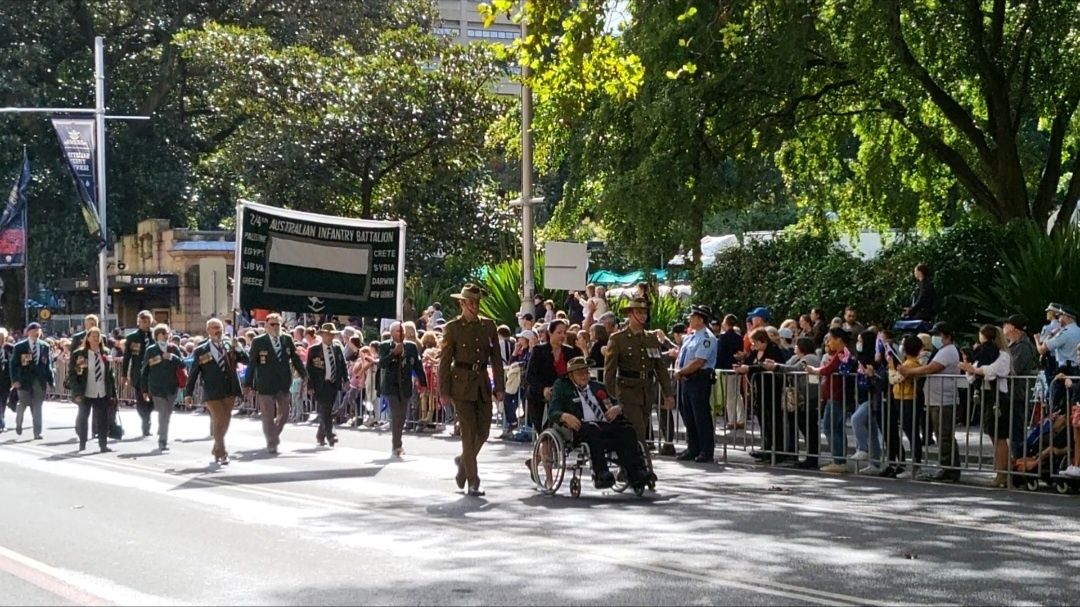
In the subsequent year, the first Anzac commemoration was held to remember the Anzac troops who battled on behalf of their homelands, showing acts of selflessness. This would be later on called as Anzac Day as veterans of Gallipoli, injured or fit, marched down the streets of Sydney flanked by countless admirers - somewhat like a patriotic rally - followed by a procession transporting nurses. As the remaining years of the war dragged on, Anzac Day was followed by recruitments for troops for the war effort and parades with the servicemen and families.
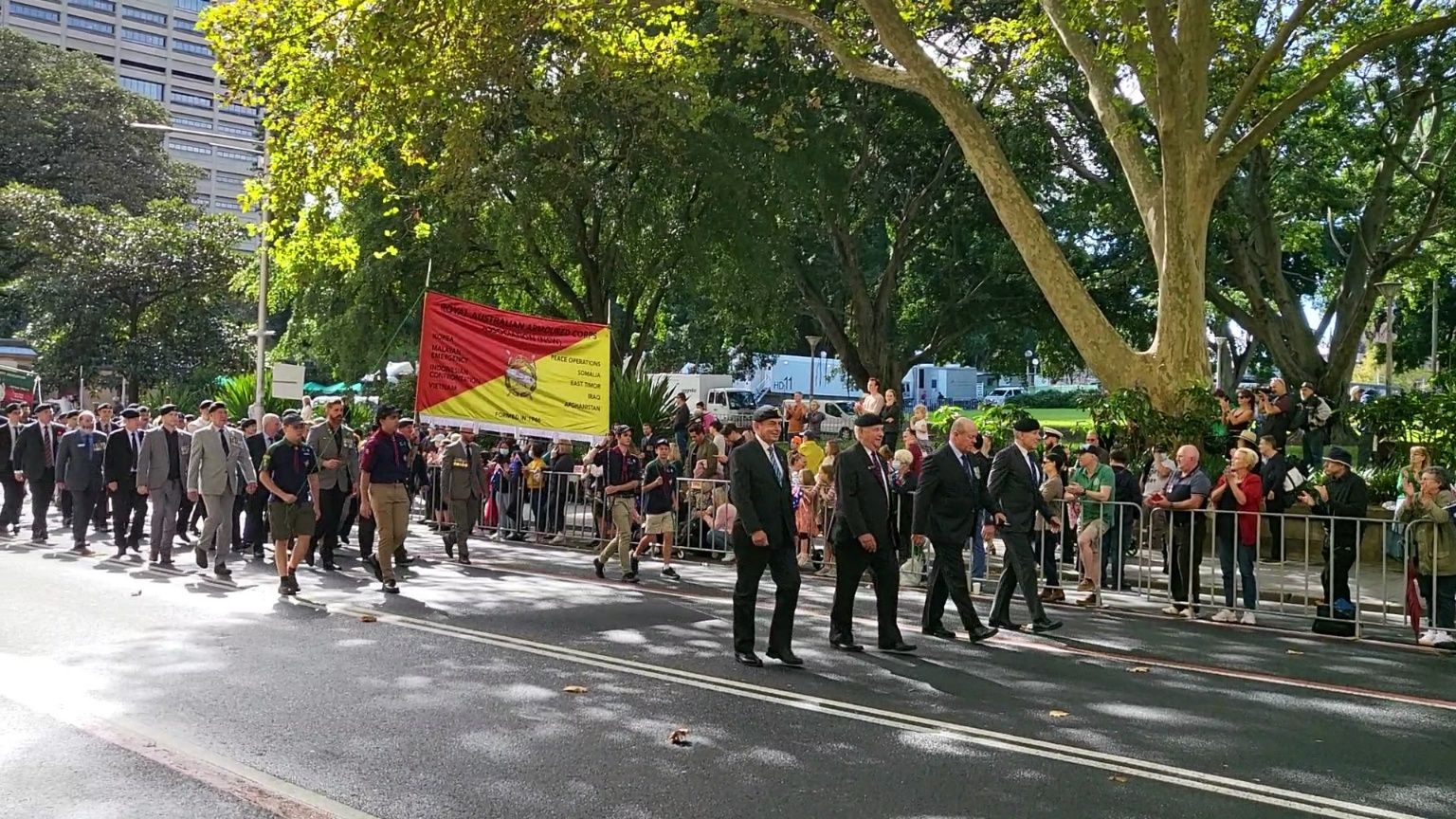
In the present time, Anzac Day features a dawn service: the time period when the Anzac soldiers landed on Gallipoli. During the dawn service, a bugler plays The Last Post. The Last Post was initially played to announce the camp is ready in Gallipoli after camp officers make a thorough and forensic investigation on the campsite. Another use for this piece is that lost or wounded soldiers could follow the sound of the bugle to find their comrades. A rosemary is also given to participants as it is an ancient symbol for remembrance. Afterwards, there is a one minute silence to remember those who were in the war, both alive and dead. Lest We Forget.
Today, Anzac Day is here to actively represent the repatriated soldiers who protected their country. Though there are many other battles the Anzacs were engaged in, Gallipoli is considered the most important since it is the first time all Australians united in the face of the enemy. In the First World War, many Anzacs were extremely young, similar to me. What they felt like in the trenches is very hard indeed to recreate, as any second, they could be crossing life and death. The Anzacs also valiantly stood up for Korea and joined the Korean War: they fought in a territory they never heard of.
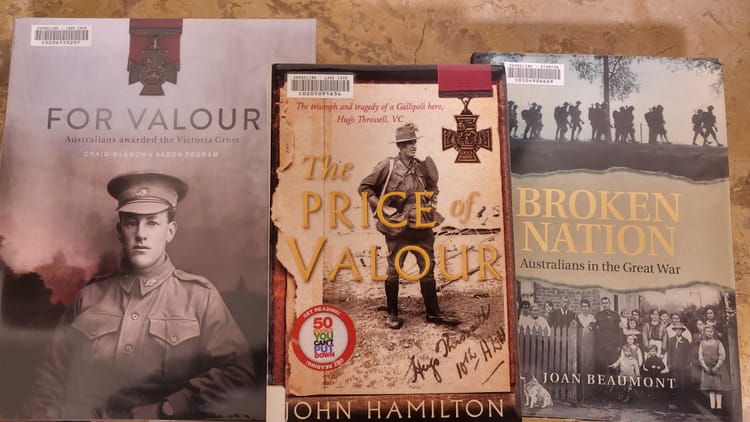
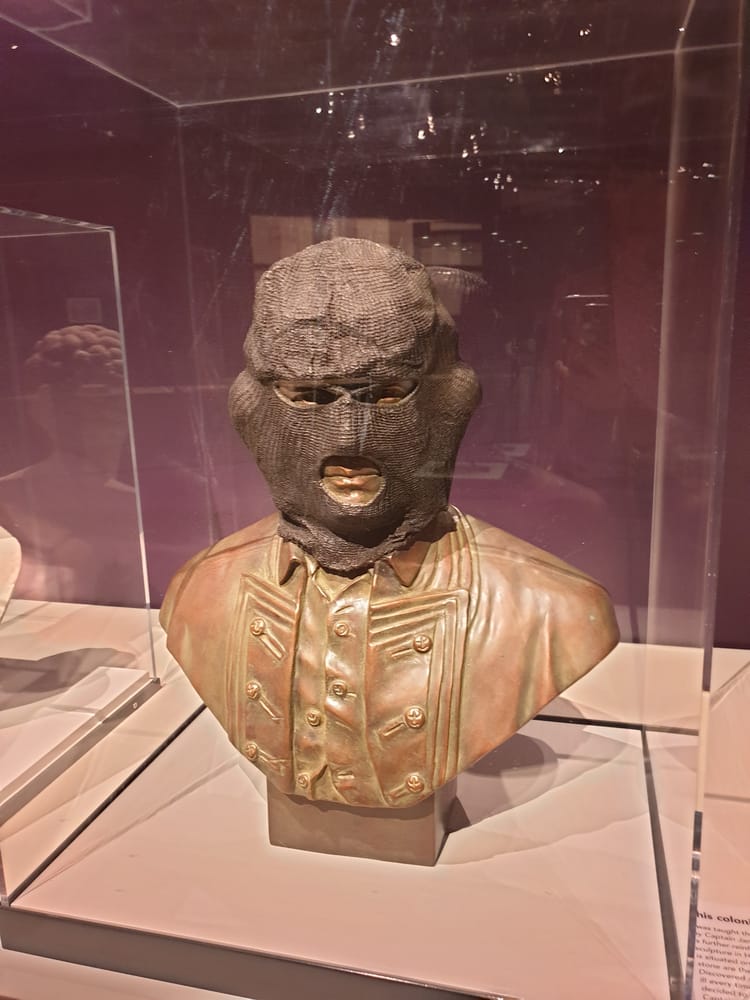
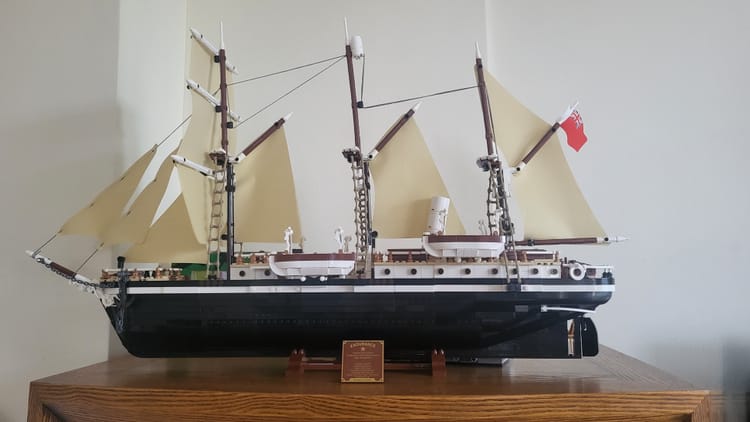

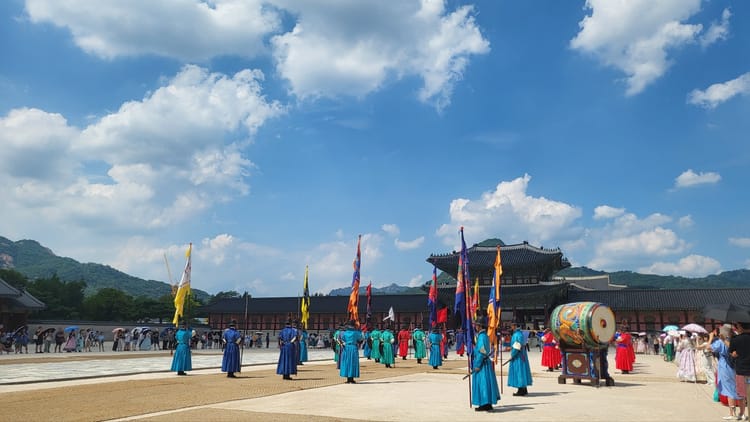
Member discussion